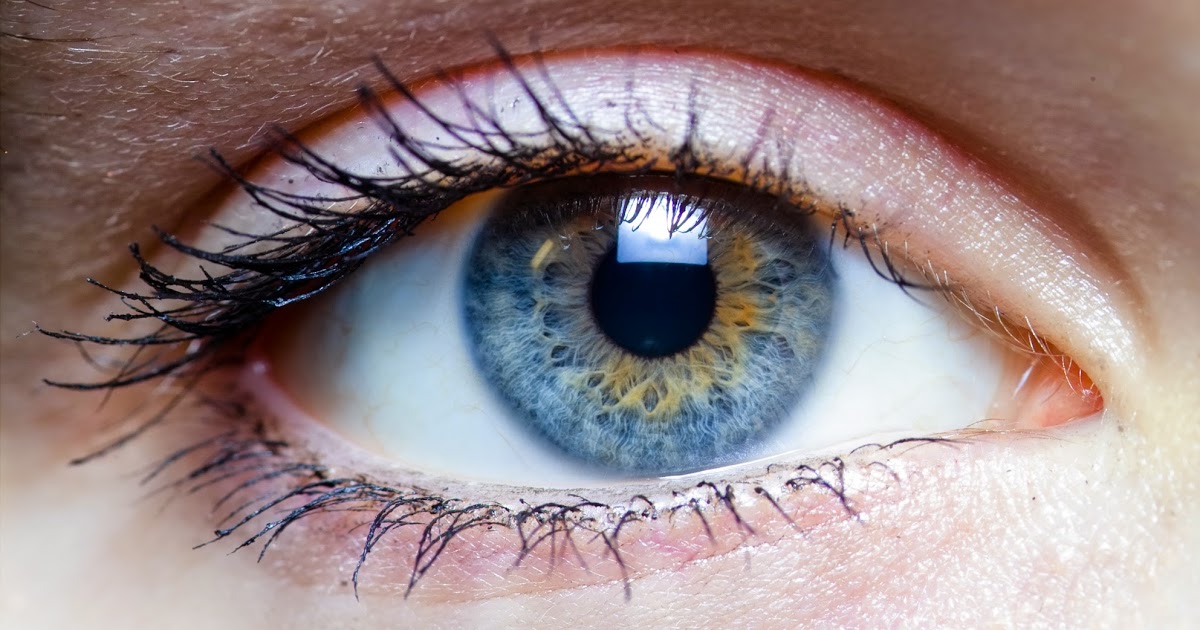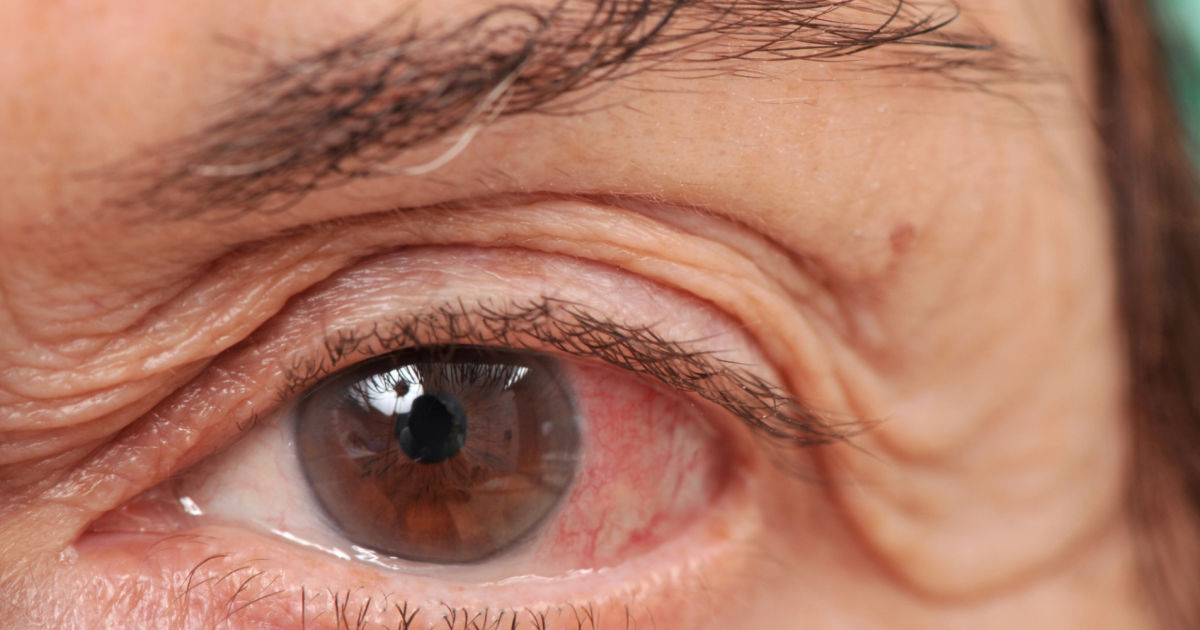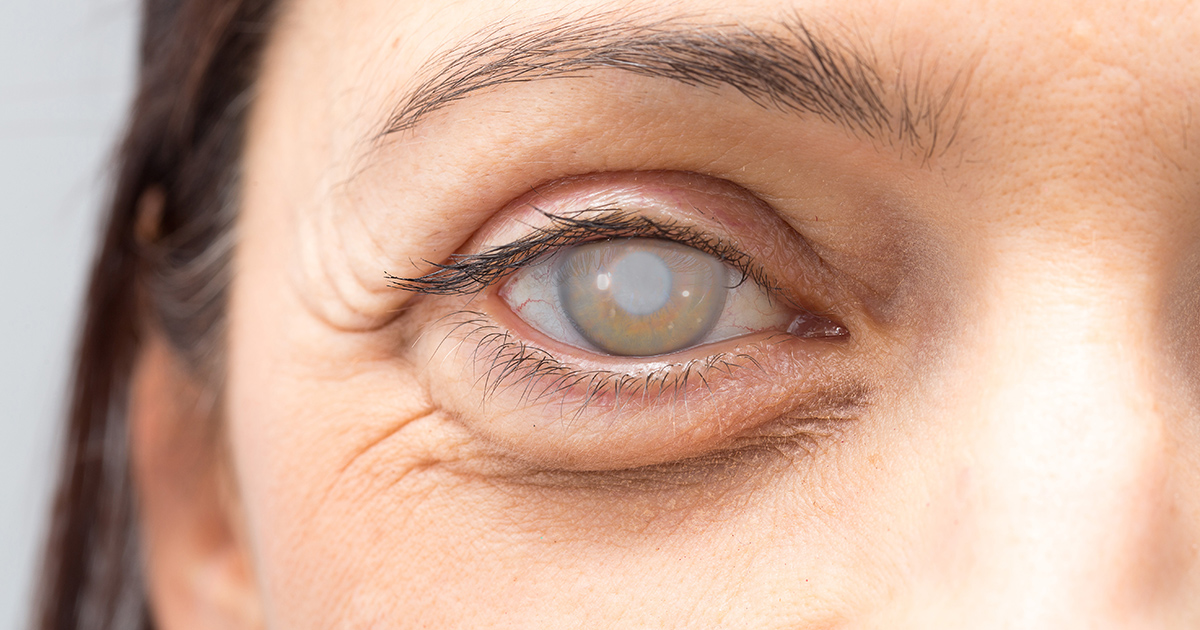Complications Associated With Untreated Nearsightedness
Myopia, or nearsightedness, is a condition that occurs when the eye doesn't focus light properly. Rather than focusing on the retina, light beams focus at a point in front of the retina. Individuals are able to see close objects clearly, but far away objects become blurry. Nearsightedness has multiple potential treatments, but there are potential complications if the condition goes without treatment. For children with myopia, it's important to diagnose and treat the condition as soon as possible. Myopia tends to get significantly worse as children go through the rapid eye growth phases of childhood and adolescence. Adults can suffer potential complications from untreated myopia as well. If you're having trouble seeing faraway objects, it's important to have an eye exam done.
Get to know the complications of untreated nearsightedness now.
Increased Eyestrain

Increased eyestrain is a frequent problem for individuals with undiagnosed or untreated myopia. Eyestrain can lead to headaches. This symptom commonly occurs in individuals with and without myopia. It can be attributed to tiredness from overusing the eyes. Resting the eyes is generally the best way to treat eyestrain. If patients are experiencing eyestrain when they haven't been using their eyes for long periods, they should talk to an ophthalmologist. Common reasons for eyestrain include driving long distances or staring at an electronic screen for long periods, particularly when nearsightedness is an issue as well. Straining the eyes can actually worsen myopia. The eyes become strained because of the individuals struggling to focus on objects in the distance.
Learn more about nearsightedness complications now.
Retinal Detachment

Retinal detachment is a serious problem that occurs when the retina pulls away from the supportive tissue in the eye. This condition can cause permanent loss of vision. Retinal detachment is a medical emergency that should receive treatment as soon as possible. Eyes have a layer of blood vessels responsible for delivering nutrients and oxygen. When the retina detaches, it no longer has access to these vital things. The detachment is painless by itself, but there are warning signs indicating something is wrong. Individuals may see many tiny specks drifting through their vision, unexplained flashes of light in both eyes or one eye, blurry vision, and reduced peripheral vision. Failure to seek treatment in time can cause permanent loss of vision.
Uncover details on the next complication linked to untreated nearsightedness now.
Myopic Maculopathy

Myopic maculopathy, otherwise known as myopic macular degeneration, is a condition with many of the same symptoms as age-related macular degeneration. However, it occurs at a younger age. In a nearsighted eye, the eyeball is egg-shaped rather than spherical. When light rays enter the eye, they don't focus on the retina. In patients with severe myopia, the eyeball elongates to the point that the retina begins to degenerate. The macula in particular degenerates, leading to the loss of light-sensitive cells. Individuals with this condition have thin and stretched eyeball walls. At the back of the eye, the layers may be so thin the retinal cells start to die, causing central vision to decline slowly.
Discover additional complications of untreated nearsightedness now.
Glaucoma

Glaucoma refers to a group of medical conditions that cause damage to the optic nerve. This nerve is responsible for transmitting signals from the eyes to the brain. Damage often occurs because there's an unusually high pressure in the patient's eye. This condition is a leading cause of blindness in individuals more than sixty years old. When patients lose their vision due to optic nerve damage, there's no way to recover it. Because of this, regular eye exams are very important. Being extremely nearsighted is a common risk factor because of the unusual shape of the eyeball in nearsighted individuals. Treating myopia can help keep the eyeball from becoming more stretched, which in turn reduces pressure and lowers the chance of glaucoma developing.
Get familiar with more nearsightedness complications now.
Cataracts

Cataracts are another fairly common eye condition that causes vision loss. With this condition, a patient's vision becomes cloudy. In some cases, a cataract may progress so far that surgery is required. The lens of the eye slowly clouds over time, which makes vision hazier. Patients might notice they have trouble filtering light in harsh glare conditions and they'll also need more light to see clearly. There have been multiple options pioneered over the past few decades in cataract treatment. It's possible to remove a cataract entirely. Surgeons will replace it with an artificial lens, which helps patients see well by refocusing the light. Lens implants should last for a patient's entire life. Combined with other surgical options, this might allow an individual with nearsightedness to have much better vision.